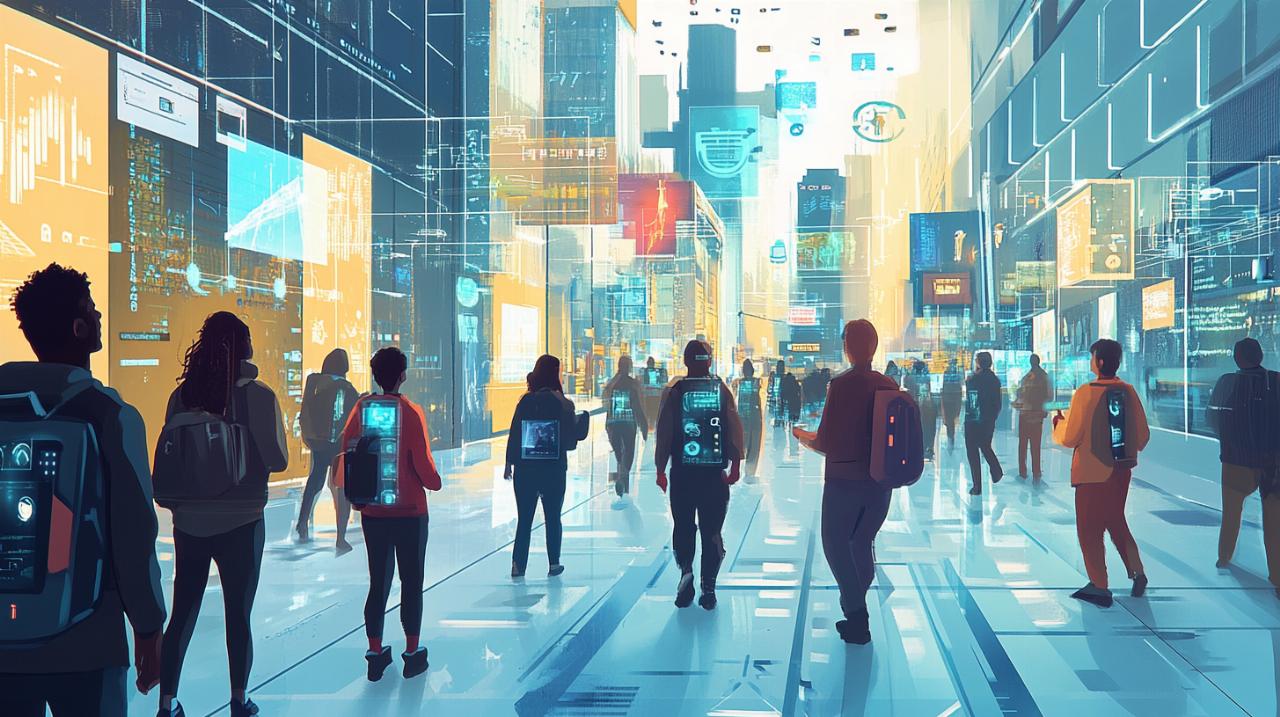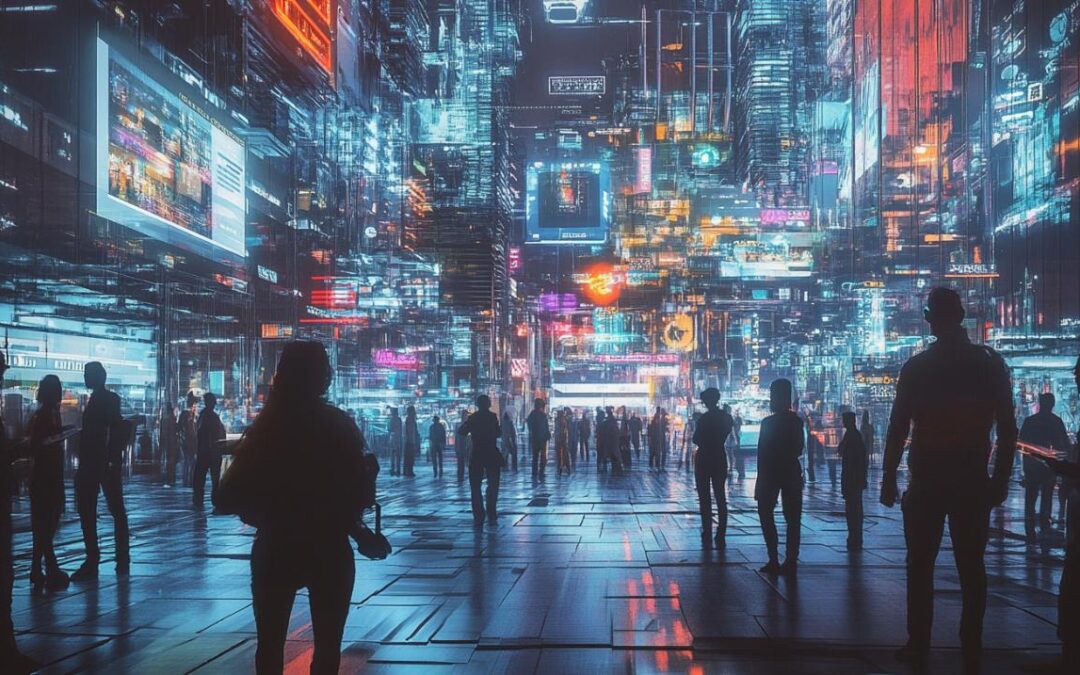The ways we convey meaning without uttering a single word have always been fundamental to human connection, yet the landscape of how we interpret and employ these silent signals is undergoing a remarkable transformation. From the subtle shift in posture during a video call to the carefully chosen emoji appended to a text message, non-verbal communication is evolving alongside the rapid changes that define our current era. Understanding these shifts offers a window into modern life and society trends, revealing how technology, cultural exchange, and shifting social norms are reshaping the very fabric of how we relate to one another in an increasingly complex world.
The silent language shaping contemporary social interactions
The essence of human interaction has always relied on far more than the words we speak. Body language, facial expressions, eye contact, and the tone of our voice carry immense weight in conveying our true intentions and emotions. In recent years, however, the context in which these non-verbal cues operate has fundamentally changed. The rise of digital communication platforms has not diminished the importance of these silent signals; rather, it has required us to adapt and find new ways to express ourselves when physical presence is no longer guaranteed. The challenge lies in maintaining the richness of face-to-face exchanges even as our interactions increasingly occur through screens and devices.
Body language in digital-age face-to-face encounters
When we do meet in person, the codes of body language continue to play a pivotal role, yet they are now informed by habits developed in the digital realm. Research into online learning environments, particularly in medical education settings, has shown that even through a screen, the way an instructor leans forward or sits upright can dramatically influence how students perceive the quality and warmth of feedback. In one study involving first-year medical students and their lecturers conducting communication skills activities via Microsoft Teams, it was observed that lecturers consistently leaned forward and maintained eye contact with the camera. These deliberate gestures helped to bridge the gap created by physical distance, fostering a sense of presence and attentiveness that students found reassuring. The dynamic and cheerful voice intonation employed by educators, combined with positive facial expressions such as smiling, transformed initial apprehension into receptiveness. Such findings underscore the enduring power of non-verbal communication, even when mediated by technology, and highlight the need for individuals in all walks of life to remain conscious of their body language and paralinguistics in virtual settings.
Beyond the realm of education, everyday interactions are also being reshaped by our growing awareness of non-verbal cues. The proliferation of video conferencing has made us acutely aware of how we present ourselves on camera, from the angle of our gaze to the background that frames our presence. People have become more deliberate in their gestures, understanding that a nod of the head or a raised eyebrow can communicate agreement or curiosity more effectively than a delayed verbal response. This heightened awareness of body language extends to in-person encounters as well, where individuals are increasingly mindful of personal space, posture, and the subtle messages conveyed through touch or proximity. The digital age has, paradoxically, made us more attentive to the silent language that has always underpinned human connection.
Emojis and Visual Cues as Modern Non-Verbal Expression
In the absence of physical presence, emojis and other visual symbols have emerged as a vital form of non-verbal communication. These small, colourful icons serve as proxies for facial expressions, gestures, and even tone of voice, allowing us to infuse written messages with emotional nuance that might otherwise be lost. The widespread adoption of emojis across cultures and age groups speaks to a universal need to communicate beyond the literal meaning of words. A simple smiley face can soften a potentially curt message, while a thumbs-up can convey approval without the need for lengthy explanation. This evolution in communication reflects broader trends in society, where brevity and visual expression are increasingly valued in a fast-paced, information-saturated world.
The use of emojis and visual cues also points to the creative ways in which people are adapting non-verbal communication to suit the constraints and possibilities of digital platforms. Augmentative and Alternative Communication systems, originally developed to support individuals with profound intellectual disabilities or those who have lost the ability to speak due to medical conditions such as stroke or brain injury, have inspired mainstream communication tools. These systems demonstrate that losing the ability to speak does not mean losing the ability to communicate; rather, it opens up alternative pathways for expression. The same principle applies to the broader population navigating digital communication, where gestures, images, and symbols fill the void left by the absence of voice and physical presence. This democratisation of non-verbal expression has made communication more inclusive, allowing individuals with diverse needs to participate fully in social interactions.
Non-verbal communication patterns across present-day communities

As societies become more interconnected, the exchange of cultural practices and the blending of traditions have led to significant shifts in the norms governing gesture, personal space, and appearance. What was once considered a universally understood signal may now be interpreted differently depending on the cultural context, prompting a greater need for awareness and adaptability. These changes are not merely superficial; they reflect deeper transformations in how communities define identity, express belonging, and negotiate social hierarchies. The way we navigate these shifts offers insight into the values and priorities that characterise contemporary life.
Cultural Shifts in Gesture and Personal Space Norms
Gestures that once carried a specific meaning within a particular culture are increasingly subject to reinterpretation as people from diverse backgrounds interact more frequently. The concept of personal space, for instance, varies widely across cultures, with some societies favouring close proximity during conversation while others maintain a greater physical distance. In an era of global mobility and digital connectivity, these differences can lead to misunderstandings or, conversely, to a more nuanced appreciation of cultural diversity. The challenge for individuals today is to develop a fluency in the silent language of gesture and space that transcends cultural boundaries, allowing for smoother and more respectful interactions.
The importance of consistent routines and supportive environments in helping individuals, particularly those with profound intellectual disabilities, navigate social interactions underscores the broader need for predictability and clarity in non-verbal communication. When people understand the unspoken rules governing gesture and space, they are better equipped to engage confidently in social settings. This principle applies equally to neurotypical individuals adjusting to new cultural environments or digital platforms. The emphasis on person-centred strategies, which tailor communication approaches to the unique needs and preferences of each individual, reflects a growing recognition that non-verbal communication is not one-size-fits-all. Instead, it requires sensitivity, flexibility, and a willingness to learn from the diverse ways in which people express themselves without words.
The Role of Appearance and Dress in Signalling Social Identity
Appearance has always been a powerful form of non-verbal communication, conveying information about a person’s social identity, values, and aspirations before a single word is spoken. In today’s society, where self-presentation is often curated through social media and other digital platforms, the significance of appearance has, if anything, intensified. The choice of clothing, accessories, and even subtle details such as discreet finger tattoos can signal affiliation with particular subcultures, professional communities, or lifestyle movements. Fashion has become a language in itself, with trends shifting rapidly and influencing how individuals perceive and present themselves to the world.
The intersection of fashion and identity is particularly evident in the way content creators and influencers use appearance to craft their public personas. Figures who blend humour with fashion, for example, leverage their visual presentation to communicate personality and values, attracting audiences who resonate with their aesthetic choices. This phenomenon extends beyond the digital realm, influencing how people dress and adorn themselves in everyday life. The significance of appearance as a form of non-verbal communication is further highlighted by the global exchange of fashion trends, from European craft markets celebrating cultural heritage to the adoption of traditional elements such as beautiful Arabic names and motifs in contemporary design. These trends reflect a desire to connect with cultural roots while simultaneously embracing the possibilities of a globalised world.
The emphasis on appearance as a form of silent communication also raises questions about authenticity and self-expression. In a world where image can be carefully constructed and controlled, the line between genuine self-presentation and performative identity becomes blurred. Yet, this tension is not new; it is simply more visible in an age where every aspect of appearance can be documented and shared. The choices we make about how we present ourselves, from the clothes we wear to the subtle gestures we employ, continue to serve as a vital means of navigating social spaces and asserting our place within them. In this way, appearance remains a cornerstone of non-verbal communication, reflecting the ever-evolving dynamics of modern life and society trends.















